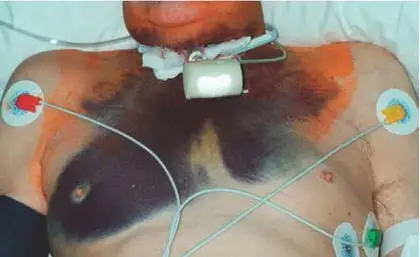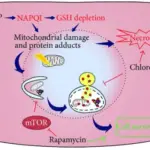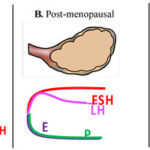Anticoagulant injury is the injury associated with taking anticoagulants.
What is the Pathology of Anticoagulant Injury?
The pathology of anticoagulant injury is:
-Etiology: The cause of anticoagulant injury is hemorrhage.
-Genes involved: None.
-Pathogenesis: The sequence of events that lead to anticoagulant injury shows minimal or no effect by suppressing the synthesis or function of various clotting factors that are normally present in the blood.
-Morphology: The morphology associated with anticoagulant injury altered mental state and vague skin rashes.
-Histology: The histology associated with anticoagulant injury shows ischemic-reperfusion injury in nephropathy.
How does Anticoagulant Injury Present?
Patients with anticoagulant injury typically affect males and females present at the age range of 30-60. The symptoms, features, and clinical findings associated with the anticoagulant injury include bleeding, gangrene, blood in urine, weakness, fainting, abdominal pain, black stools, or vomiting of blood.
How is Anticoagulant Injury Diagnosed?
Anticoagulant injury is diagnosed with blood tests, ultrasound, CT Scan, and MRI.
How is Anticoagulant Injury Treated?
Anticoagulant injury is treated with warfarin treatment and coagulation products.
What is the Prognosis of Anticoagulant Injury?
The prognosis of anticoagulant injury is somewhat fair.



